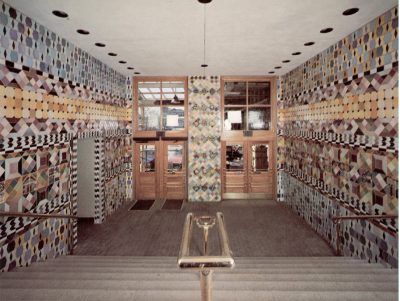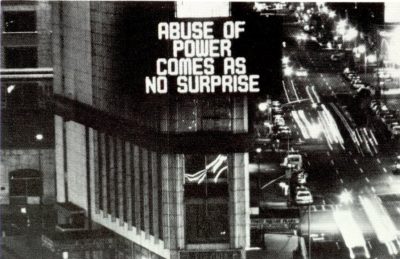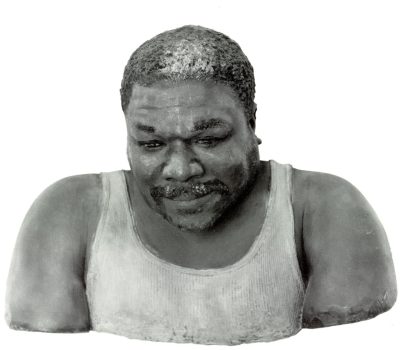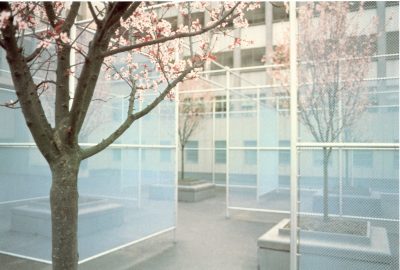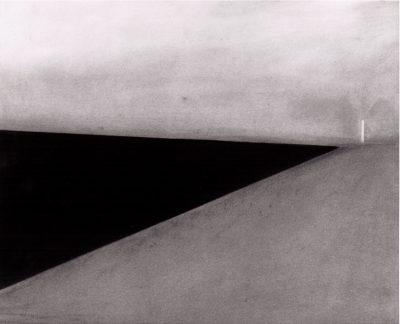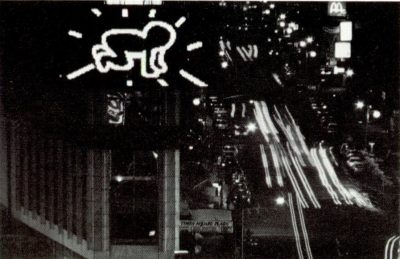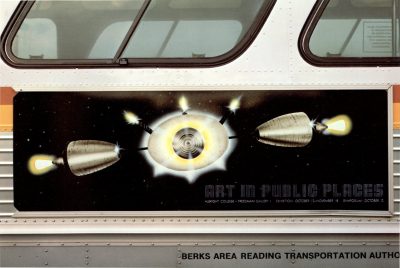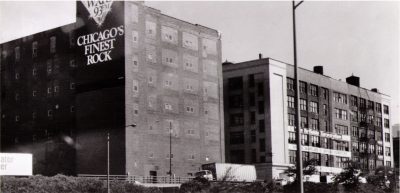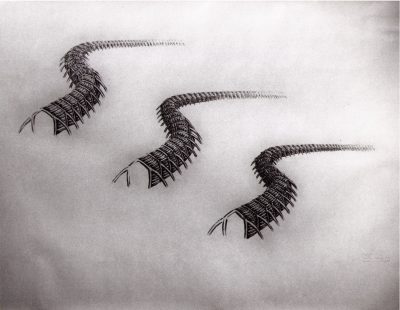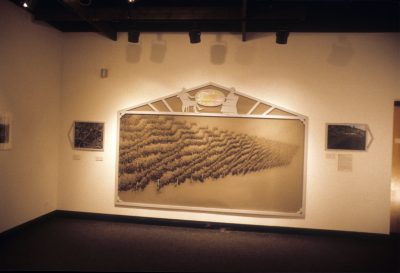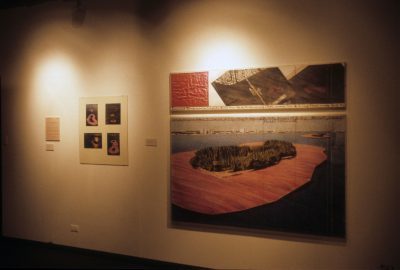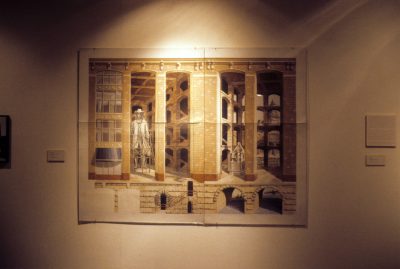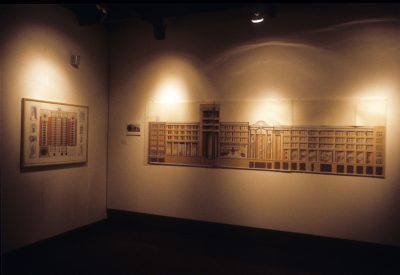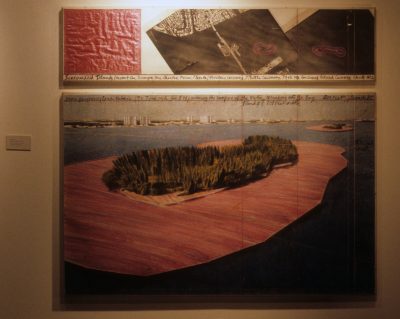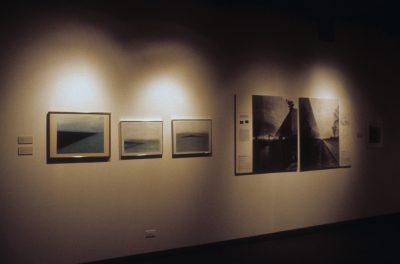Exhibitions
ABOUT THE EXHIBITION
Sites and Solutions: Recent Public Art features models, drawings, and photographs of public art projects from the early 1980s. Sites and Solutions explored possibilities for public art that went beyond the Conceptual tradition of monuments and plaza sculptures. Most of these works by nationally prominent artists required collaboration – between artist and architect, artist and builder, artist and computer programmer, or other artisans and professionals. The projects were located in diverse urban and suburban sites, and each one was designed for its particular environment. Temporary as well as permanent pieces by sculptors, painters, filmmakers, and architects were included.
Among the works represented were Robert Irwin’s Nine Spaces, Nine Trees commissioned for the Public Safety Building in Seattle, and the Vietnam Veterans Memorial in Washington D.C., designed by Maya Lin. These two projects feature simple geometric structures that create contemplative spatial environments. Both Harriet Fegenbaum ’s land reclamation project for a vast strip-mine site in Dickson City (Scranton), Pennsylvania, and Christo’s controversial environmental project Surrounded Islands for Byscane Bay, Miami, are integrally linked to their natural sites. Joyce Kozloff’s ceramic tile mural for the vestibule of the Amtrak Station in Wilmington, Delaware, and Richard Haas ’ interior and exterior wall paintings for commercial and residential buildings in cities across the country may be thought of as new applications of the ancient mural tradition. Haas ’ drawings for the very recent murals on the Reliable Building, across the street from the UIC campus, were also on display at the gallery.
Going beyond the boundaries of traditional painting and sculpture, media arts in the 1980s were beginning to be used in startling new ways for public art projects, and this bourgeoning practice was also in evidence in Sites and Solutions. For example, filmmaker Bill Brand’s Masstransiscope, an animated painting sequence in the New York City subway, and Messages to the Public (designed by different artists each month since 1982) on Times Square’s famous Spectacolor lightboard were both included in the exhibition. In addition, New York sculptor R.M. Fischer’s space-age bus sign, commissioned to advertise the exhibition, was on display.
An illustrated catalogue accompanied the exhibition, as did lectures by Tannenbaum and artist Harriet Feigenbaum. In her lecture, Feigenbaum addressed a new trend in sculpture – land reclamation projects by artists – touching on her own project, Dickson City Landwaves, which sought to reclaim blighted land for public use through visually ordered plantings. Tannenbaum presented a critical overview of recent developments in public art, drawing on the results of a symposium on the subject held at Albright College.
Judith Tannenbaum (born 1944) is making her mark as a curator in the Chicago art scene. In 1980, she served as a guest curator at the Museum of Contemporary Art in Chicago, and is now part of the University of Illinois at Chicago’s history, serving as the curator for Sites and Solutions: Recent Public Art. Tannenbaum looks forward to expanding her curatorial experience.
ARTISTS
John Ahearn, Bill Brand, Christo, Harriet Feigenbaum, R.M. Fischer, Richard Haas, Rrobert Irwin, Joyce Kozloff, Maya Ying Lin, and Messages to the Public.
SUPPORT
Sites and Solution: Recent Public Art is supported by the University of Illinois at Chicago School of Art and Design’s College of Architecture, Art and Urban Planning.
The exhibition is organized by the Freedman Gallery; the Gallery 400 showing is supported by a grant from the Illinois Arts Council.


